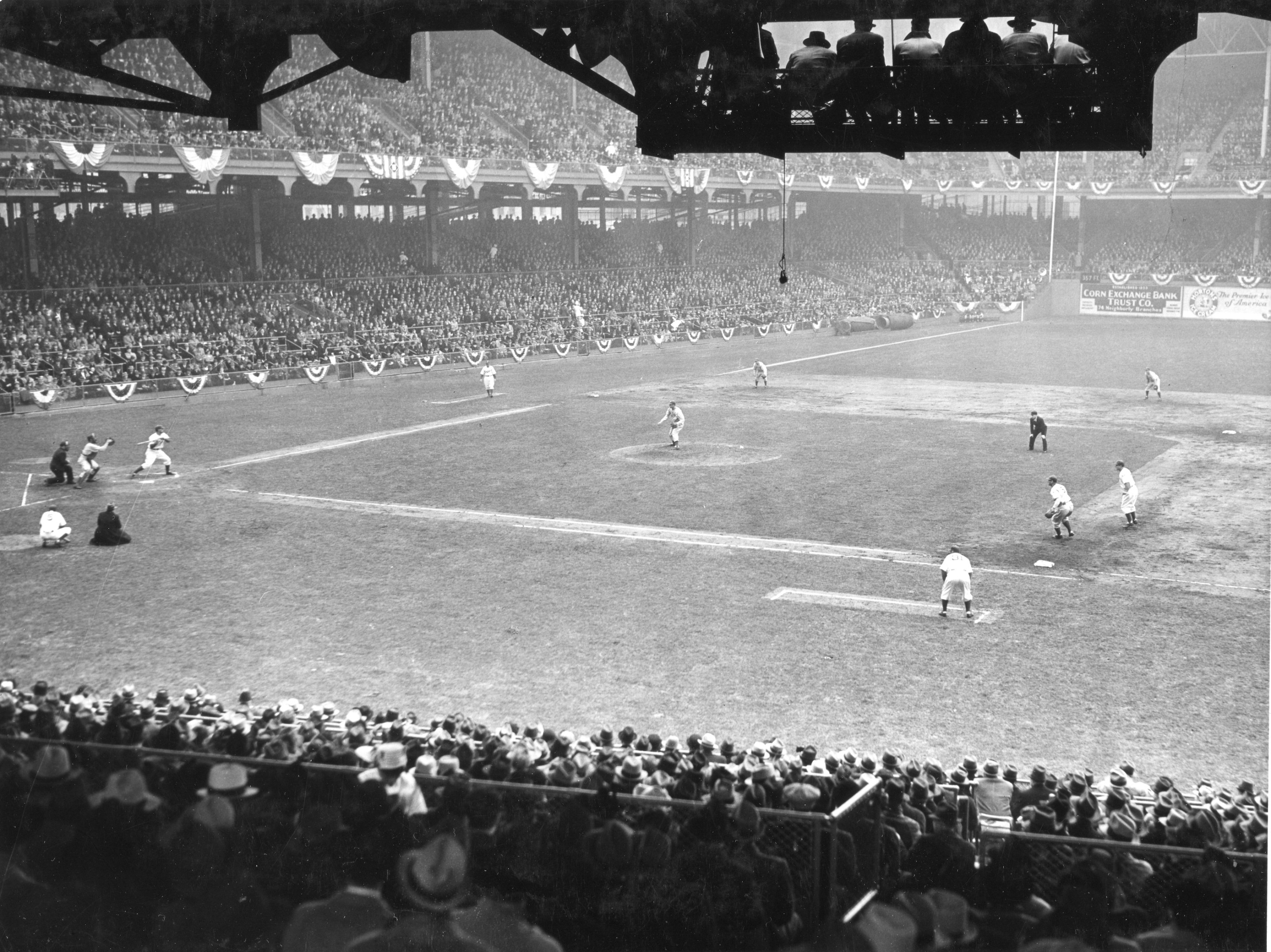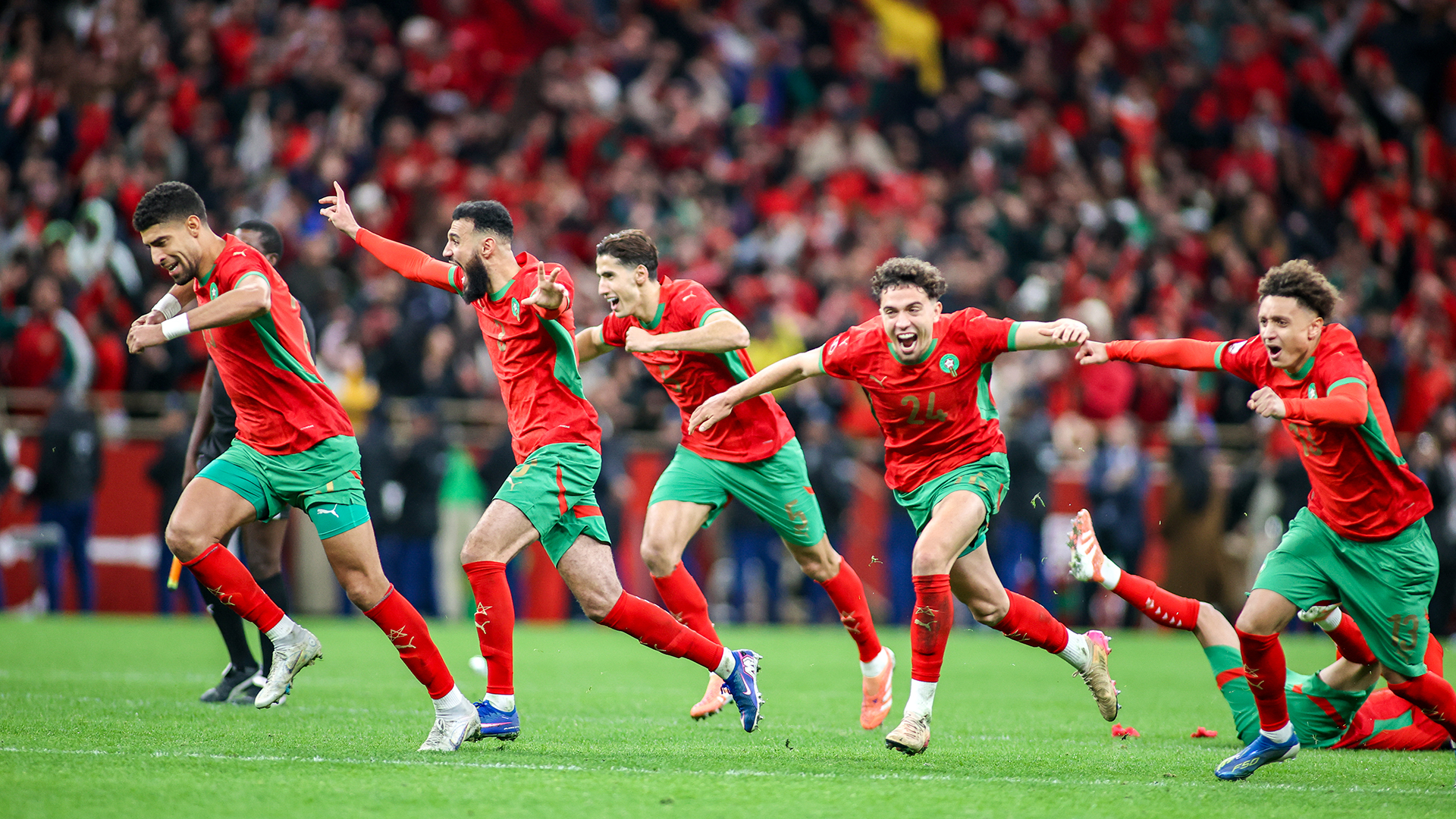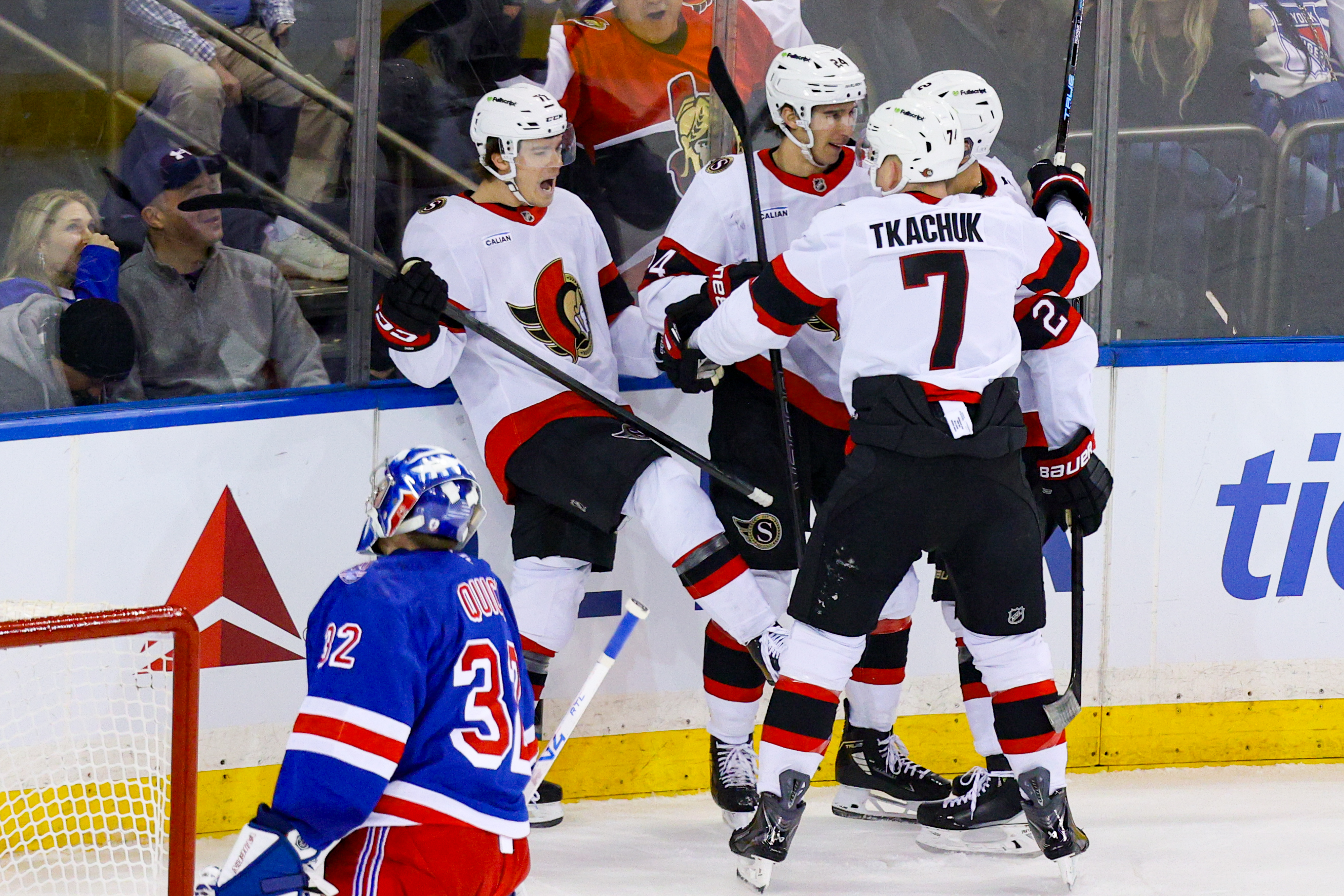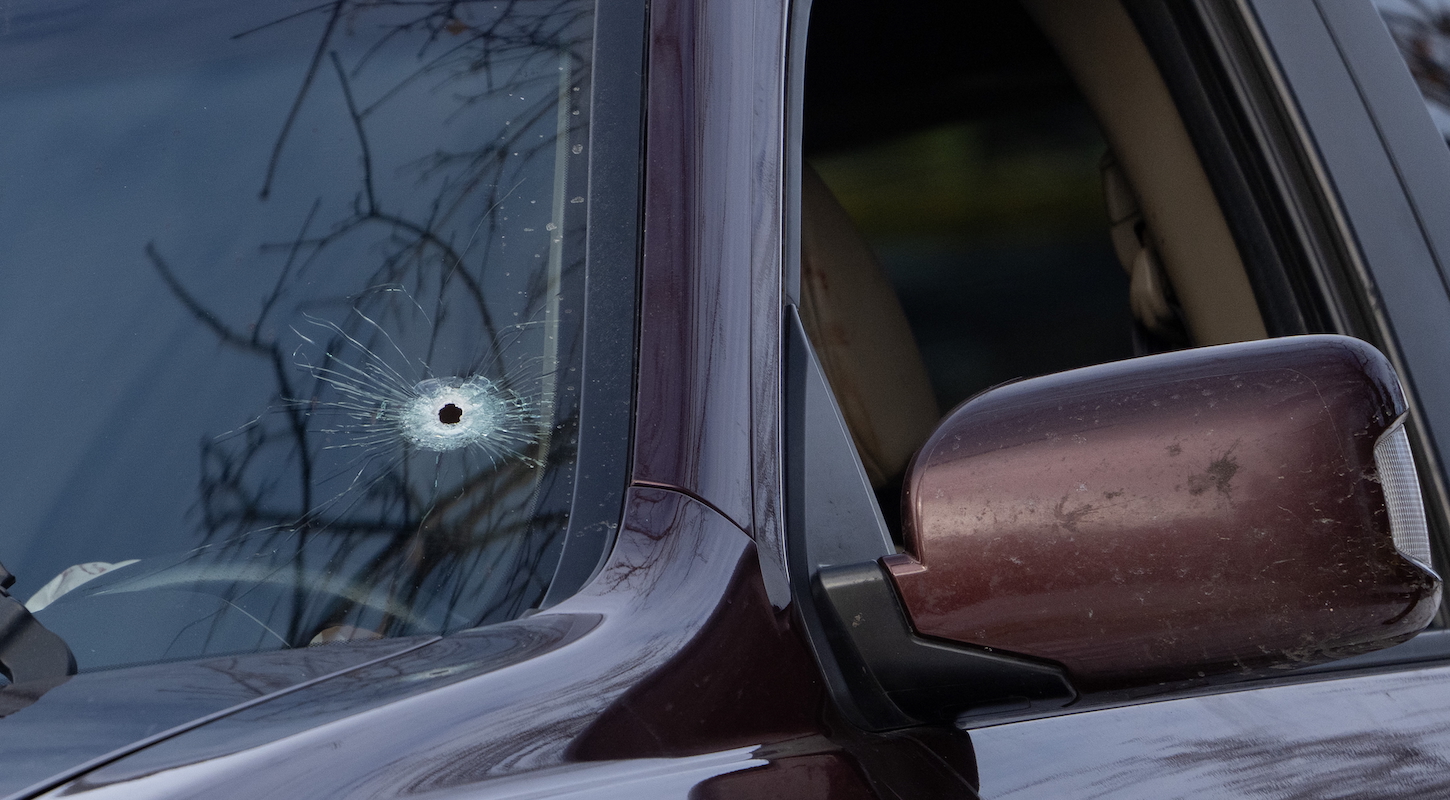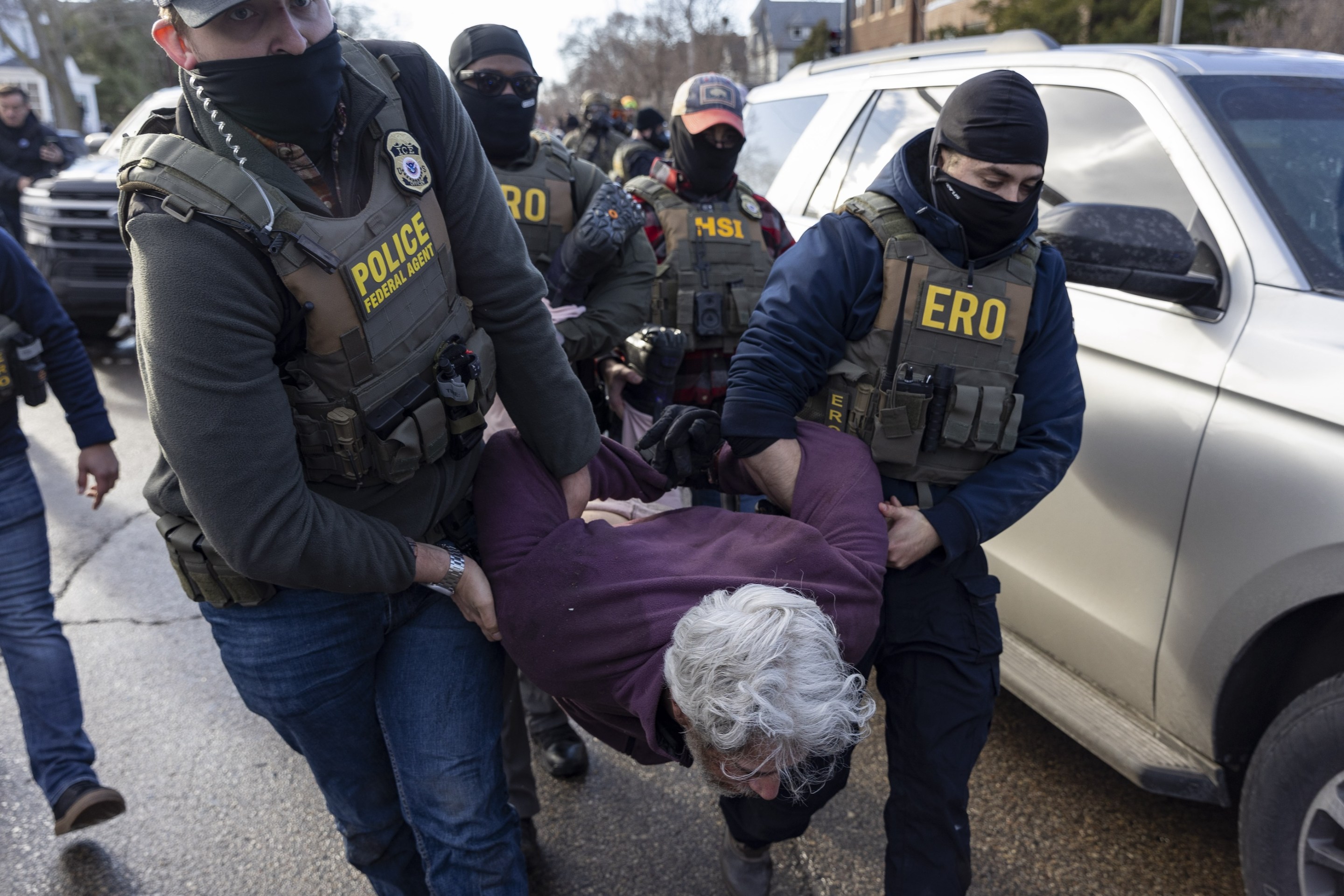Before he became a distinguished professor of history at UCLA, Ronald J. Mellor grew up in the Dodgers’ Brooklyn. His city was home to the two best baseball teams on the planet at the peak of their cultural power, but also it was their home: The Brooklyn Dodgers lived and worked in Brooklyn just like their fans did. After getting a baseball one Christmas and wanting an autograph from Gil Hodges, Mellor and a friend hopped on their bikes and knocked on the future Hall of Famer’s door. “His wife Joan said he was washing the dishes, but he would come out when he dried his hands,” Mellor remembered. “He came to the door and he signed it right there for us.” What was an outlandish and improbable outcome anywhere else in any other year was just another holiday in Brooklyn; his hero was also a neighbor.
Mellor lost that ball over the years in one move or another, but his memory of the experience remains sharp. This is something like the story of the Dodgers, who left Brooklyn for Los Angeles in 1958. They were more than a team to the people of Brooklyn. They became an identity, and every World Series defeat to the New York Yankees helped shape a worldview that was both fatalistic and defiantly sunny-sided. Those old enough to remember how it felt to be a Dodgers fan, a group that grows smaller each year, are still feeling it.
“When I was a kid and heard ‘Wait ‘til next year,’ I knew exactly what that meant,” said the Brooklyn-born comedian Richard Lewis. He spent his childhood rooting for the Dodgers from the Yankee town of Englewood, N.J. “There were spectacular players, and I just couldn’t fathom why they couldn’t get over the top.” In our conversation near the end of 2023, Lewis ran down almost the entire 1955 lineup and starting rotation. He gave special attention to Carl Furillo and his shotgun arm, and the bent finger of starting rotation member Clem Labine. “Everyone had their idiosyncratic behavior and personalities, just like the city did,” Lewis said. “It was a perfect love affair.”
Fans say things like this, but what’s striking about the surviving Dodgers I spoke to is that the players say it, too. Just as the pool of Brooklyn Dodgers fans has declined, so too has the number of players who once called Brooklyn home. On New Year’s Day in 2015, there were 31 surviving Dodgers; on the same day in 2021, there were 14. Today, of the hundreds of players to appear in a regular-season game for the Brooklyn Dodgers, only six remain: Third baseman Bob Aspromonte, 85; utility man Tommy Brown, 96; starting pitcher Carl Erskine, 97; first baseman Jim Gentile, 89; pitcher Fred Kipp, 92; and Hall of Fame starter Sandy Koufax, 88. Generations later, this offbeat love affair remains as strong on both sides as it was when Brooklyn was still the home of the world champions in 1955.
“It can never be replicated, the atmosphere at Ebbets Field,” Aspromonte told me from his home in Texas. “The passion of the fans, it all worked so well together.” Now a Houston Astros Hall of Famer, Aspromonte is the last Brooklyn Dodger to have appeared in a big-league game, which he did for Hodges’s Mets in 1971. A Brooklyn native and high school classmate of Sandy Koufax, Aspromonte played in one game for the Brooklyn Dodgers near the end of the 1956 season, when he was 18 years old. “The two sides completed each other,” he said, “and it really showed.”
Not only did Aspromonte get to live the Brooklyn kid’s dream of playing for his hometown team, but his relatives got to see him play for an organization that in everything but the law was a part of their family. “When I took that field in Brooklyn, an 18-year-old kid among icons, right alongside the dugout was my family,” Aspromonte recalled. “My father, he just teared up unbelievably … What a feeling that was.”
The team moved west 40 years before I was born, but I’m familiar with Brooklyn fan dedication through my grandfather, Duke. He’s 88 and still has a bedroom drawer full of Dodger cards; they have pinholes through them, from when he’d put the team’s depth chart on his cork board. To distract from the agony of the subpar Mets seasons he subjected me to—no reason to be more specific, here—he’d tell the story of listening to Bobby Thomson’s pennant-clinching home run from the Polo Grounds on his radio. Used to the sound of cheers being a good thing on the home Dodger broadcasts, his mother came into the room celebrating what she thought was another trip to the World Series for the Bums. Seven decades later, he remembers wanting to throw the radio to make that cheering stop.
“Our fans got attached to us players in a different way,” said Carl Erskine, the only surviving Dodger to take the field during the team’s 1955 World Series win. “Of course the players who perform well always have a good following. I wasn’t exactly a superstar, but I had people who identified with me. I had a fan club, a bunch of teenage girls who all wore number 17 with a president, a vice president, and so on.” The world has changed in many ways since then, but a mid-rotation starter having a fan club of his own has never been normal.
“Many years later,” Erskine continued, “I went back to a function in New York and all these grandmothers showed up to meet me at the card show. They were all the teenage fans from the club, just a little bit older now.” He laughed when he told the story. “I didn’t have any of them tell me they named their kids after me. But it could’ve happened.”
Jim Gentile spent six years in the minor leagues behind Hodges as a first baseman. He was a victim of the reserve clause that locked players into their organizations before the advent of free agency. The Dodgers didn’t want Gentile to take Hodges’s spot in the lineup, but they also didn’t want him to become a star for another team. So they parked him in the minors for what should have been his prime; Gentile only played in 16 games as a Dodger, four of those for Brooklyn, before becoming a star with the Baltimore Orioles at age 27. In his short time with the team, Gentile played first base in the final game at Ebbets Field. Decades later, he still seemed mystified and struck by the dedication of the fans. “I don’t know how to explain it,” he said, “but people really took to the Dodgers. Hell, they still do now. I have a Dodger hat I’ll wear with a blue shirt and people will come up to me and ask ‘Hey, did you play for Brooklyn?’”
Fred Kipp was born in Piqua, Kan., a town established at the junction of two long-gone railway lines best known for being the birthplace of Buster Keaton. With no high school baseball and no organized leagues, the ballplayers of Piqua built their own field through work and donations. When Kipp arrived in the majors in 1957, he was in a city with three big-league ballparks—at the epicenter of the sport, and a long way from Piqua.
“On Saturdays they’d have the Knothole Gang,” Kipp said, referring to Happy Felton’s pregame television show. On that show, three kids, with the help of player-judges, would compete in a baseball competition. The winner got to meet their favorite player the next day. “There would be 30-35,000 kids there in the afternoon going wild, wanting to be on the show. Those Dodgers were everything to them.”
Daniel Grimaldi, a mathematics professor at Kingsborough Community College who is probably better known for his roles of Philly and Patsy Parisi in The Sopranos, confirmed as much. “As far as the Brooklyn Dodgers go, they were our heroes,” the Dyker Heights native told me. “They lived all over Brooklyn, but Clem Labine lived on my block. I was friends with his son and he used to come over to my house and ask my mother for 'the meatballs' in a Tennessee accent.” For a borough that existed not so much in the shadow of Manhattan’s wealth and cultural power as in open defiance of it, that mattered. “They don’t live on Park Avenue and 60th Street,” Grimaldi said. “No, they live in Brooklyn. They lived with us.”
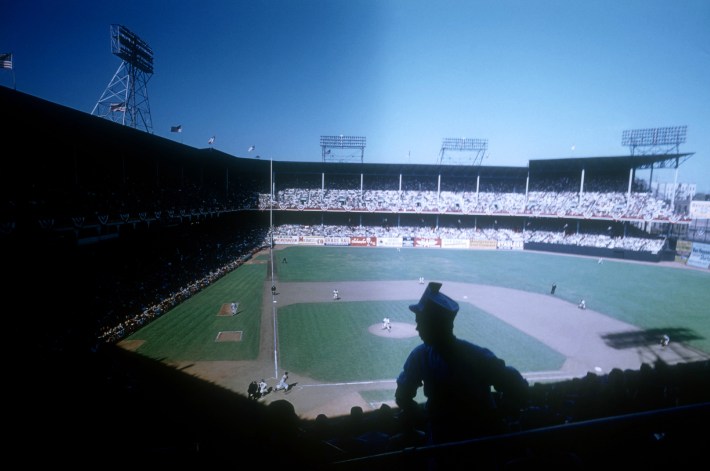
To a certain extent, coming up short was part of the Dodgers’ DNA. They’d lost the World Series to the crosstown Yankees in 1941, 1947, 1949, 1952, and 1953. Every October, fans would believe that the next time the two faced off, the Bums would finally right the wrongs of the past. It wasn’t a crazy thing to believe: Those Dodgers teams were stacked with All-Stars and future Hall of Famers. But it just kept not happening.
Grimaldi went to school across the street from his house, so afternoon World Series games always ended at a time that allowed him to rush home just before the last outs were recorded. On Oct. 4, 1955, the Dodgers finally slayed the dragon. They were world champs, the Yankees (temporarily) vanquished, and in Dyker Heights a party 73 years in the making was on.
“Everybody’s door was open,” Grimaldi remembered. “We were all screaming and yelling. People made papier-mâché figures of Casey Stengel, hung them from the light posts, and burned them. It was all so festive.”
It wasn’t only the fans who experienced that combination of relief and exhilaration. “We felt equal or better than a lot of those Yankees teams,” Erskine told me. “We weren’t boastful or braggarts, but we knew we stacked up well. With Duke [Snider] and Gil [Hodges] and especially Jackie [Robinson], they made everybody better.” But the players, like the fans, had come close and fallen short often enough to know how much that title meant. “It was important for us to put them in the position of being a contending team and a championship team. To give that to Brooklyn meant the world.”
“In 1955, I was in third grade and I was down in Florida with my family,” Lewis remembered with palpable regret. “And tragically, for some reason, I was in school when [Sandy] Amorós made that catch and when they finally won. I never saw it live.” Amorós's catch, in which he raced across left field to grab a Yogi Berra liner, is easy to find now, but in the sense that means the most, it only happened once.
“I should’ve just said I was sick and stayed home, but whatever I said didn’t work, so I had to hear about it when I got home,” Lewis said. “I’ve seen the replay hundreds of times, but it’ll never be the same. It’s one of my biggest regrets in life, and I have decades of therapy bills to prove it.”
The Dodgers and their fans had a lot of opportunities to come to grips with losing, both before 1955 and after. By the end of their time in Brooklyn they’d lost a three-game playoff against the Giants, a handful of World Series, and even Jackie Robinson following the 1956 season. On Oct. 8, 1957, in a move almost as unthinkable as the Statue of Liberty packing up her things and retiring to Florida, the Brooklyn Dodgers gave up their search for a suitable home ballpark in New York and announced that in 1958, they would become the Los Angeles Dodgers.
“I had no concept of California,” Lewis said. “It was the place they made movies, Ben Hur and shit like that.” He said that he still feels the loss of his Dodgers to what might as well have been the other side of the planet. “I didn’t think they’d move, mainly because I couldn’t imagine not hearing Vinny [Scully] and not watching my guys play. I don’t really recall being angry at all, I was just crestfallen. It was a nightmare for a young kid who worshiped the Dodgers and could do nothing as they all left.” Being a fan is a passive thing by nature, but this was a different kind of powerlessness. “It was an early lesson that you can’t always have what you want,” Lewis said.
For Grimaldi, the reaction to the move was more of the same, the natural response of a child seeing their heroes leave for reasons beyond their comprehension or control, and knowing they would not return. “When they left, I was about 11,” Grimaldi said. “And I just cried and cried for like two weeks. I was so distraught and so demolished. The Dodgers were gone and that was it.”
In recalling his relocation to Los Angeles, Erskine couldn’t help but think of the protracted and acrimonious scene surrounding the Athletics' pending move to Las Vegas. “Oakland fans are experiencing the same feelings as Brooklyn fans in a way,” he said. “As a fan, you call them ‘your team’ and really it’s like you belong to the fans. We didn’t just exist there, we were a part of people’s lives. It's not just a fun thing to do on weekends.”
Though they’d been on opposite sides of the equation in Brooklyn, Erskine echoed the impression of the Dodgers fans I spoke to. “Someone owns the team,” he said, “but the fans are the ones who possess the players.”
For most Major League teams, relocation is the end of the story. The New York Giants left the city the same year as the Dodgers did, but beyond ogling at the career of Willie Mays and the occasional Shot Heard 'Round the World clip, the New York Giants are in every sense of the word a defunct team.
“It’s right there in what you said,” Aspromonte answered when asked why the Dodgers retained an emotional staying power that the New York Giants didn’t. “Dodgers. All it took was that one word. The Brooklyn was built in; you were a Dodger fan. There was pride in that one word. You felt like they were really your team. [Brooklyn fans] might not have rooted for them after they left, but Gil, Jackie, Duke, Pee Wee? They still loved all of them.”
Erskine, a man on the receiving end of more love from Brooklyn fans than just about anyone else alive, had a similar view. “I won’t say the Dodgers were the people’s choice, but there was an aura about them that people felt really close to. Jackie [Robinson] was the centerpiece of that, but we all felt the same energy that the fans did,” the man affectionately known as "Oisk" said. “There’s a look on the face of a fan that says to me ‘I was at Ebbets Field,' before they say a single word to me. You can see it in their eyes.”
Beyond being former Brooklyn Dodgers, the four players interviewed for this story all had that pride in common. Wherever else those players may go, there’s always a Brooklyn fan or the relative of one who finds them.
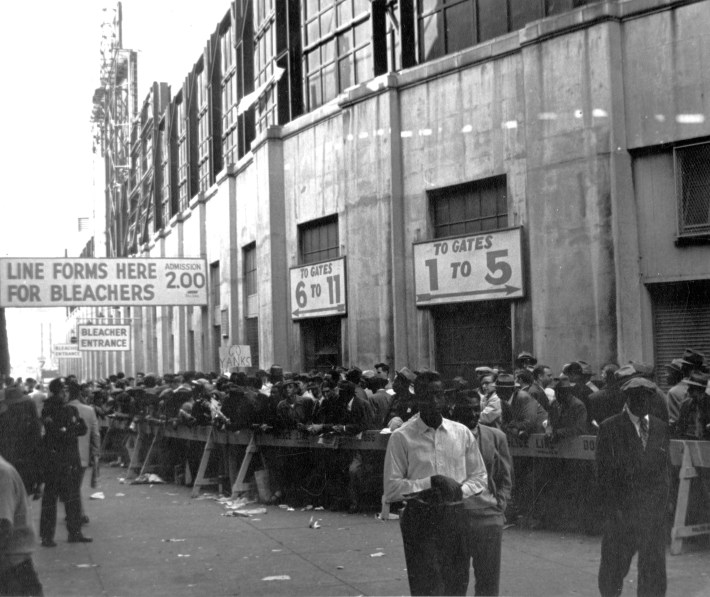
“You ought to see the letters I still get from fans asking me what it was like to play in the last game at Ebbets Field,” Gentile said from his Oklahoma home, some 1,500 miles away from Brooklyn. “I still wear the hat all the time, an original one with the little white button on top. When people ask me if I was a Brooklyn Dodger I tell them I wasn’t there for long, but I was there.”
Kipp, the workhorse of the Dodgers’ 1956 goodwill tour of Japan, finds fewer fans than he did during his days on the autograph circuits. Still, even in his weekly routine in Kansas, he’s never too far from Brooklyn. “We go to church on Sundays and there’s a few people from Brooklyn here. They’re not big fans, but some of them are aware of my career. A lot of the old players are gone, but so are the old fans.”
“I’m in the Astros Hall of Fame and have all kinds of things like the first hit in team history, the first run, and so on,” Aspromonte said. “[But] Brooklyn is always the first thing that comes up. The first story I always tell is that 18-year-old kid making his debut at home.”
The player who Lewis felt most connected with died not long after the team went west. “I worshiped Gil Hodges,” he said. “Because in a lot of ways he reminded me of my father. They both had these huge hands, and I just became his biggest fanatic. I can still see his batting stance if I close my eyes.” When Hodges was finally inducted into the Hall of Fame in 2022, Lewis said that the news made him jump up and down. But the connection between him, Hodges, and his father guaranteed that there was a melancholy aspect to it.
“I was a struggling comedian living in some dump in New Jersey, going over my material that I would do in a different club every night in New York,” Lewis said about when he heard that Hodges died. “I was just so shaken. My father died in 1971 and Gil in 1972, very young, just like my father.” His dedication to his favorite player hasn’t wavered. “They had a Gil Hodges Day at the stadium [in 2022] and I couldn’t go, but a bunch of my friends did. I think I got gifted about 10 Hodges bobbleheads.”
Lewis would find a connection with the New York Mets, who arrived in 1962. When his work took him to California, he couldn’t find it in himself to root for the Dodgers. A lifetime in comedy and 12 seasons of Curb Your Enthusiasm later, that hasn’t changed. “I live in California, but I’m from Brooklyn. A Brooklyn Dodger fan. Full stop. Not Los Angeles, Brooklyn.”
My grandfather Duke is a member of the same camp. While the Mets have taken him through the ups and downs of six decades of their existence, the Brooklyn Dodgers will always be his first team. He told me that when Gary Cohen mentions the passing of an original Dodger on SNY, it feels like losing an old friend you just haven’t crossed paths with in a while.
Grimaldi is just another disappointed Mets/Jets fan today, but he said that he still carries a little bit of the 11-year-old he was with him—a kid who could do all the windups and stances of his favorite players during stickball games. “I’m a Brooklyn Dodger fan,” he said, “and I’ll always be a Brooklyn Dodger fan. Even though they’re gone, they’re still my favorite team.”
The four Dodgers I interviewed seemed most excited to hear about who else was going to be in it. Each of the six living names on the list sparked some story of gratitude and brotherhood. Fred Kipp remembered Sandy Koufax’s early days as a Jewish kid living the dream in his hometown, while Jim Gentile recalled the time Carl Erskine had someone bring him and Don Demeter to Eisenberg & Eisenberg to buy a sport coat to wear on The Ed Sullivan Show. Just the mention of the Dodgers made the players kids again, recalling hotel pranks on the Japan trip and the time they spent rubbing shoulders with baseball royalty.
At the end of every phone call, I asked the four players how they would define themselves. They all had drastically different lives and careers, and they all gave the same answer: “I am a Brooklyn Dodger.”
